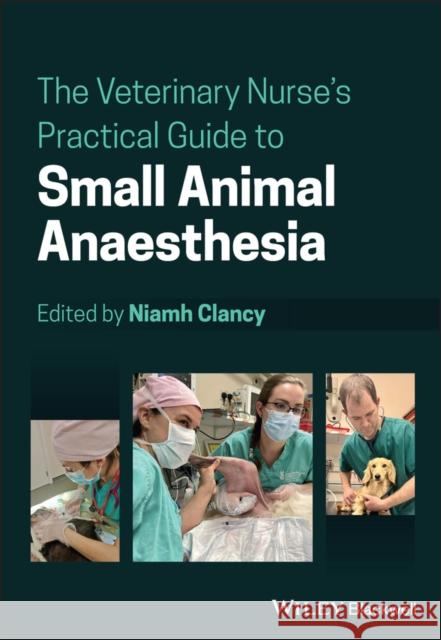The Veterinary Nurse's Practical Guide to Small Animal Anaesthesia » książka
topmenu
The Veterinary Nurse's Practical Guide to Small Animal Anaesthesia
ISBN-13: 9781119716921 / Angielski / Miękka / 2023 / 300 str.
The Veterinary Nurse's Practical Guide to Small Animal Anaesthesia
ISBN-13: 9781119716921 / Angielski / Miękka / 2023 / 300 str.
cena promocyjna 324,27 zł
(netto: 308,83 VAT: 5%)
327,55 zł
Rabat: -1%
Najniższa cena z 30 dni: 318,10 zł
(netto: 308,83 VAT: 5%)
Rabat: -1%
Najniższa cena z 30 dni: 318,10 zł
Termin realizacji zamówienia:
1-3 dzień roboczy
1-3 dzień roboczy
Darmowa dostawa!
Zobacz inne książki w promocji: Książki naukowe
Kategorie BISAC:
Wydawca:
Wiley-Blackwell
Język:
Angielski
ISBN-13:
9781119716921
Rok wydania:
2023
Ilość stron:
300
Oprawa:
Miękka
Wolumenów:
01
Dodatkowe informacje:
Bibliografia











